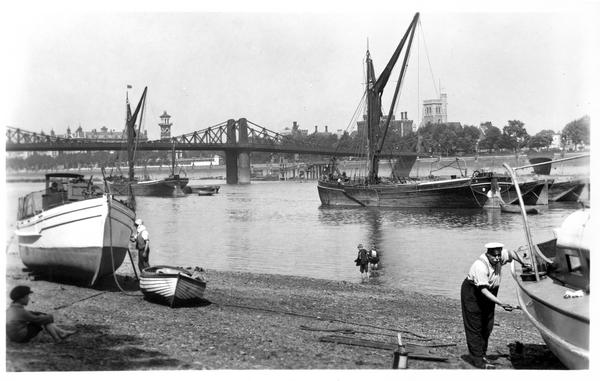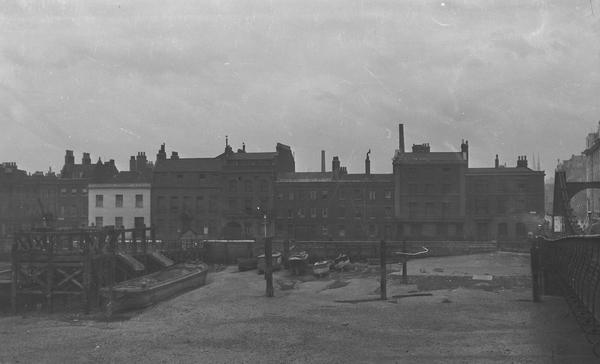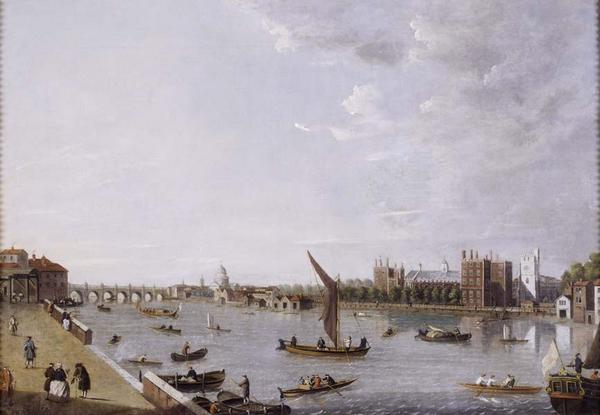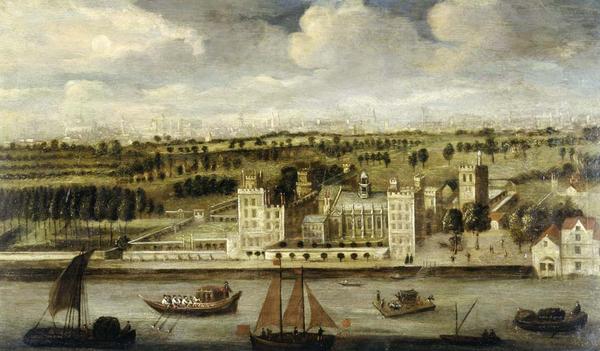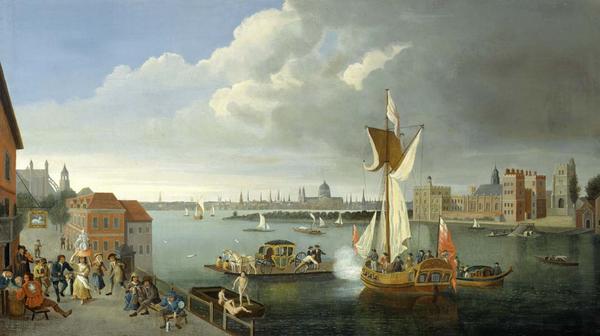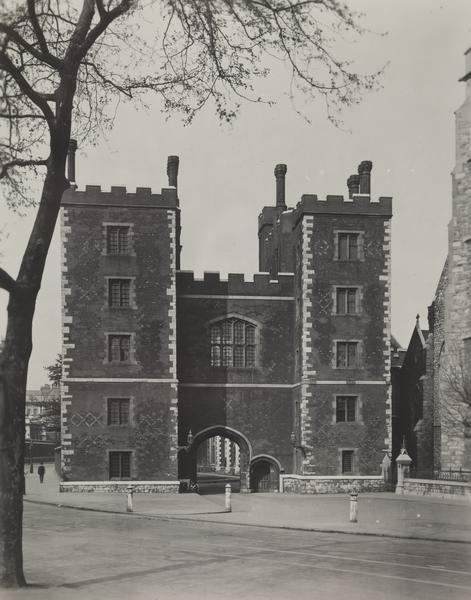Lambeth Bridge
It’s not the showiest Thames crossing, but its steel arches and red paintwork give Lambeth Bridge elegance and interest. And then there’s those pine cone decorations – or are they pineapples?
Lambeth and Westminster
Since 1750

Lambeth horse ferry
Before there was a bridge at this site, Lambeth was served by one of the few ferries which could take horses and a carriage, as well as people, across the Thames. Horseferry Road, on the Westminster side, takes its name from this.
The Archbishop of Canterbury, whose official residence is the nearby Lambeth Palace, controlled the ferry service.
But after Westminster Bridge opened in 1750, the horse ferry closed down, and in 1862, the first Lambeth Bridge opened.
As a suspension bridge made from iron, it was badly affected by rust and had to be closed to traffic in 1910. The First World War (1914–1918) delayed construction of its replacement, although in 1929 a temporary footbridge was put in place.
“if you think they look like pineapples, you’re not alone”
Today’s Lambeth Bridge
The current structure opened in 1932. It was designed by engineer George Humphreys and architects Reginald Blomfield and George Topham Forrest.
The bridge features a five-span steel arch on stone piers, with obelisks at each end. The firm which built it, Dorman Long & Co, was famous for working on Newcastle’s Tyne Bridge and the Sydney Harbour Bridge.
What’s on top of those obelisks?
The stone sculptures atop each of the four obelisks are pine cones, according to Historic England – but if you think they look like pineapples, you’re not alone.
The pineapple theory – which we think is dubious – has often been tied to Lambeth Bridge being close to the Garden Museum.
It’s at this site that botanist John Tradescant was buried, and he is said to have grown the first pineapple in Britain. But the Garden Museum was founded 40 years after the current bridge – making this explanation unlikely.
Connections: Lambeth and Westminster
Lambeth Bridge connects the borough of Lambeth, located on the south bank of the Thames, with the City of Westminster on the north bank.
It carries motor and pedestrian traffic between Lambeth Palace Road and Horseferry Road. Among many other things, this bridge links the headquarters of the MI5 security service on the Westminster side, to Albert Embankment and Lambeth Palace on the other.
Heading towards central London, the nearest bridge is Westminster Bridge. In the opposite direction it’s Vauxhall Bridge.




